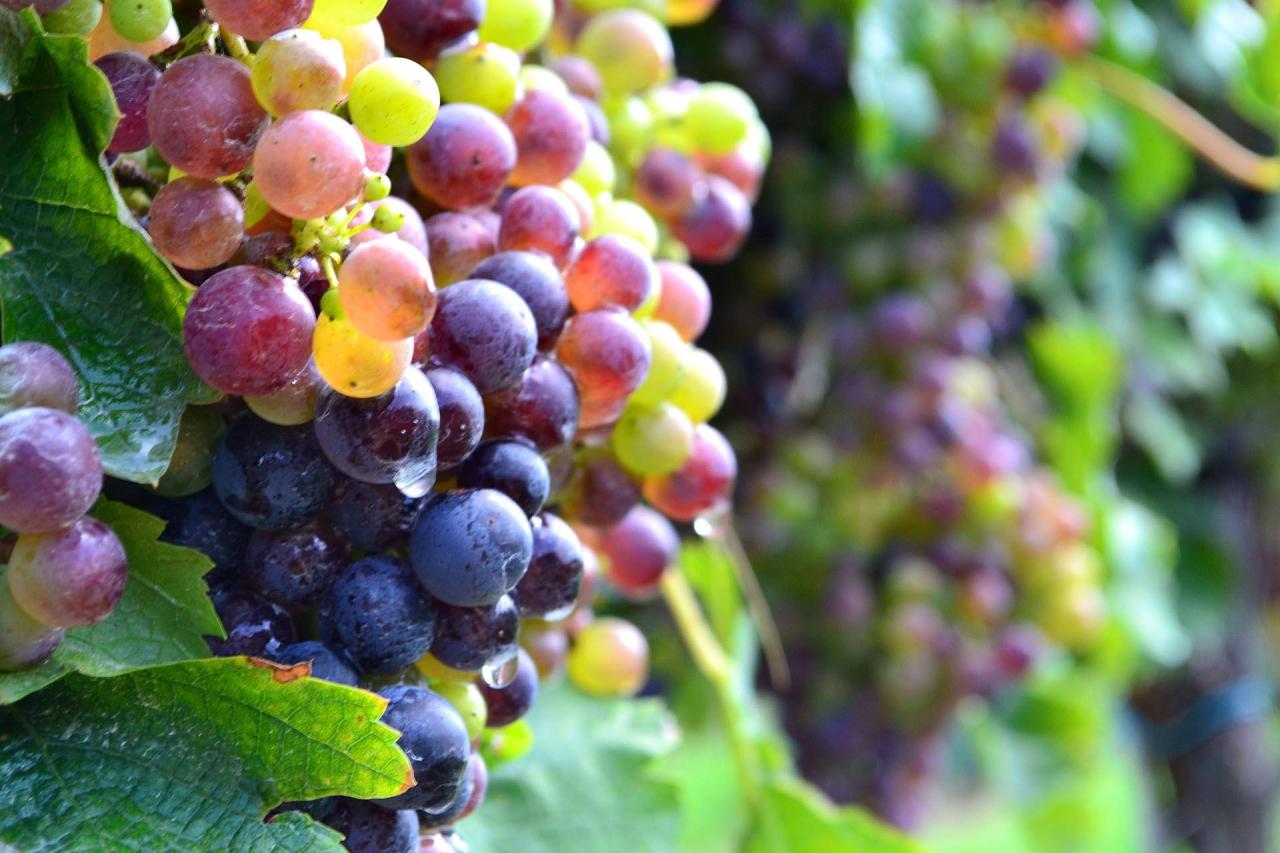It is considered the oldest of the Cabernet grapes and the progenitor of the more famous Cabernet Sauvignon. In France it found its favorite habitat in the Gironde wine region, where it is often used together with Merlot and Cabernet-Sauvignon in the famous Bordeaux blend, and in the Loire valley, where it is vinified in purity both in red and rosé, especially in the areas of Saumur and Chinon.
It can withstand harsh and adverse climates quite well and ripens a week earlier than Cabernet Sauvignon, so it is often used as a fallback in case bad weather causes problems with Cabernet Sauvignon.
Cabernet Franc grape is widespread throughout North America (also used for Ice Wines in Canada), Chile and Argentina, South Africa, Australia, and New Zealand. In Italy it is grown mainly in Friuli Venezia Giulia, where it is vinified in purity with excellent results, and in Tuscany, where it is added to Cabernet Sauvignon and Merlot for the production of some Supertuscans.
Get updates on the latest posts and more from Wine Bugle straight to your inbox.
Cabernet Franc flavor profile
Cabernet Franc wine is lighter, less full-bodied and with a less dense tannic texture than Cabernet Sauvignon: it can therefore be drunk more easily when young.
Less colorful than Cabernet Sauvignon, this grape is renowned for its aromatic finesse and offers different aromatic expressions depending on the type of soil.
On terroir composed of chalk or sandy clay, it develops fresh aromas of red fruits (raspberry, currant, and even blackberry) and also brings delicate floral notes to the wines, in particular violet. These aromas can sometimes evolve towards scents of licorice, ground pepper and tobacco, with aging. On other terroirs, Cabernet Franc expresses herbaceous notes (pepper or bramble aromas), spicy or mentholated.
In blended wines that combine it with Merlot and Cabernet Sauvignon, it is often in the minority and gives softness and a crunchy fruitiness. Used as the main grape, Cabernet Franc, generally not very corpulent, gives finesse to wines, especially if grown in a terroir favorable to its development and reveals a good balance between acidity, which brings a pleasant freshness, and soft tannins. However, insufficient maturity, too high yields or too intense extractions during winemaking can make it astringent and too herbaceous.
To enhance its aromatic profile, Cabernet Franc should be served at 60°F/15°C, but young wines from the Loire can also be slightly chilled in summer.
Cabernet Franc Food pairing
Cabernet Franc food pairing offers a wide choice depending on the type of wine, thanks also to its high acidity, medium body and delicate tannins. For the same reasons, it is generally not the best choice for spicy and sweet dishes, but its herbaceous notes make it perfect for those recipes that involve using fresh herbs, such as marinated meats. To fully appreciate this wine, it should be paired with foods that enhance its elegant personality.
Planted on sandy or clear gravel soils, generally at the foot of hills and not far from a river, Cabernet Franc produces light wines, with an intense fruitiness and not very pronounced tannins. This type of wine goes perfectly with cured meats, terrines, country paté, or black pudding. Its high acidity also pairs well with tomato-based dishes and fresh goat or sheep cheeses, so it is the ideal companion for pasta with tomato sauce, tomato confit, eggplant parmigiana, or tomato and goat tarts.
Our suggestion: Bertrand Galbrun Chatrois Bourgueil Amicale
Produced on hillsides with optimal exposure, Cabernet Franc gives richer cuvées, that are extremely food friendly. Much more structured, without being too powerful, these wines go perfectly with tender meat with a little fat such as chicken, duck breast, and rare red meats, or with tasty vegetarian dishes.
Our suggestion: El Enemigo Cabernet Franc
The greatest Cabernet Franc red wines can age very well, as much as the best wines from Bordeaux or Burgundy. Thanks to their vegetal aromas and fuller structure, they go well with characterful and tasty dishes from French gastronomy such as game birds, poultry with truffles, venison or even wild boar. But the best cab franc food pairing is with a marinated roasted leg of lamb.
Our suggestion: Bernard Baudry Chinon La Croix Boissee or Chateau Tour Saint Christophe (in blend with Merlot)

